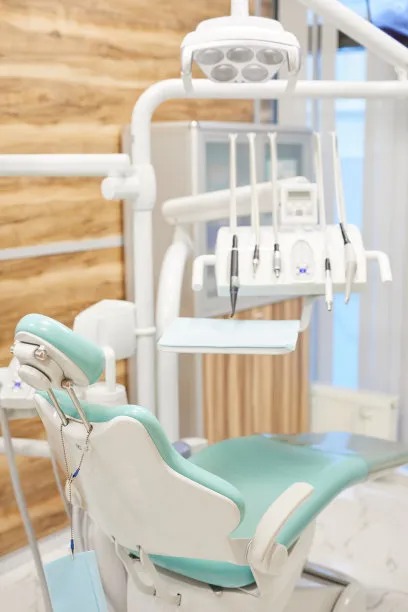Essential Precautions to Take Before and After Receiving a Dental Filling for Optimal Oral Health Protection
Summary: Receiving a dental filling is a critical step in maintaining optimal oral health, and there are essential precautions to take both before and after the procedure. Proper preparation can mitigate anxiety and improve the outcome, while post-procedure care ensures lasting results. This article will explore four key areas to consider: understanding the procedure, communicating effectively with your dentist, post-procedure care, and recognizing potential complications. By adhering to these precautions, patients can enjoy better oral health protection and a smoother recovery process.
1. Understanding the Dental Filling Procedure

Before heading to your dental appointment, it is crucial to understand what a dental filling entails. A dental filling is a restorative technique used to repair a tooth that has been damaged by decay. Familiarizing yourself with the procedure helps to ease anxiety, as knowing what to expect can make the experience less stressful. Most fillings are completed in a single visit, allowing patients to leave with a restored tooth.
During this procedure, the dentist will firstly numb the affected area with local anesthesia. Once the area is numbed, they will remove any decayed material and thoroughly clean the cavity. Understanding this process clarifies the importance of following up with good oral hygiene to prevent future issues.
In addition, patients should cover crucial topics with their dentist, such as the materials used for fillings. Different options include amalgam, composite resin, and gold, each with distinct advantages. Being informed allows patients to make educated choices based on their specific needs, preferences, and budget.
2. Effective Communication With Your Dentist
Open communication with your dental care provider is vital for ensuring the filling procedure goes smoothly. Prior to your appointment, share your complete medical history, including any allergies or medications you are taking. This information helps the dentist tailor their approach and avoid any complications.
Do not hesitate to voice any concerns or questions you may have regarding the procedure. Addressing your worries can lessen anxiety, making the experience more comfortable. If you have previously had fillings, mention how they felt in terms of sensitivity and comfort, as this feedback can guide your dentist in the current procedure.
Furthermore, after the procedure, maintaining communication is just as important. Inform your dentist if you experience any unusual symptoms or pain in the days following the filling. This enables them to provide prompt care should any complications arise.
3. Essential Post-Procedure Care Instructions
Post-procedure care is crucial for ensuring the longevity of a dental filling. Immediately after receiving a filling, it鈥檚 advised to avoid food or drinks until the anesthesia wears off completely. This precaution allows you to avoid accidental bites or burns to the numbed area.
When you do resume eating, it鈥檚 best to start with soft foods. Hard or sticky foods can put undue pressure on new fillings, potentially causing damage or dislodging them. As your mouth adjusts to the filling, practicing good oral hygiene is essential; thus, brush your teeth gently but thoroughly and avoid the filled tooth for the first 24 hours to minimize sensitivity.
Additionally, attending follow-up appointments is vital. This ensures the filling remains intact and that your overall dental health is continuously monitored. Your dentist can check for any signs of issues that might require attention, thus maintaining your oral health effectively.
4. Recognizing Potential Complications
Being aware of potential complications after receiving a dental filling can help you react promptly if issues arise. Some patients may experience sensitivity to hot or cold temperatures after the procedure. This sensitivity often subsides within a few weeks, but if it persists, it could indicate that the filling is too high or that there are underlying dental issues to address.
Another concern is the possibility of a filling becoming loose or falling out. This can occur due to wear over time or improper placement. If you notice a filling that feels loose, it鈥檚 essential to contact your dentist immediately to prevent further complications.
Finally, monitor your tooth and surrounding gums for signs of infection. Symptoms such as swelling, severe pain, or a persistent bad taste can indicate an issue. Prompt attention to these symptoms helps to protect your overall oral health and ensures proper management of any complications.
Summary:
Taking the necessary precautions before and after receiving a dental filling is central to maintaining your oral health. From understanding the procedure and effectively communicating with your dentist to prioritizing post-procedure care and recognizing complications, each step contributes to the success of your dental treatment.
This article is compiled by Vickong Dental and the content is for reference only



